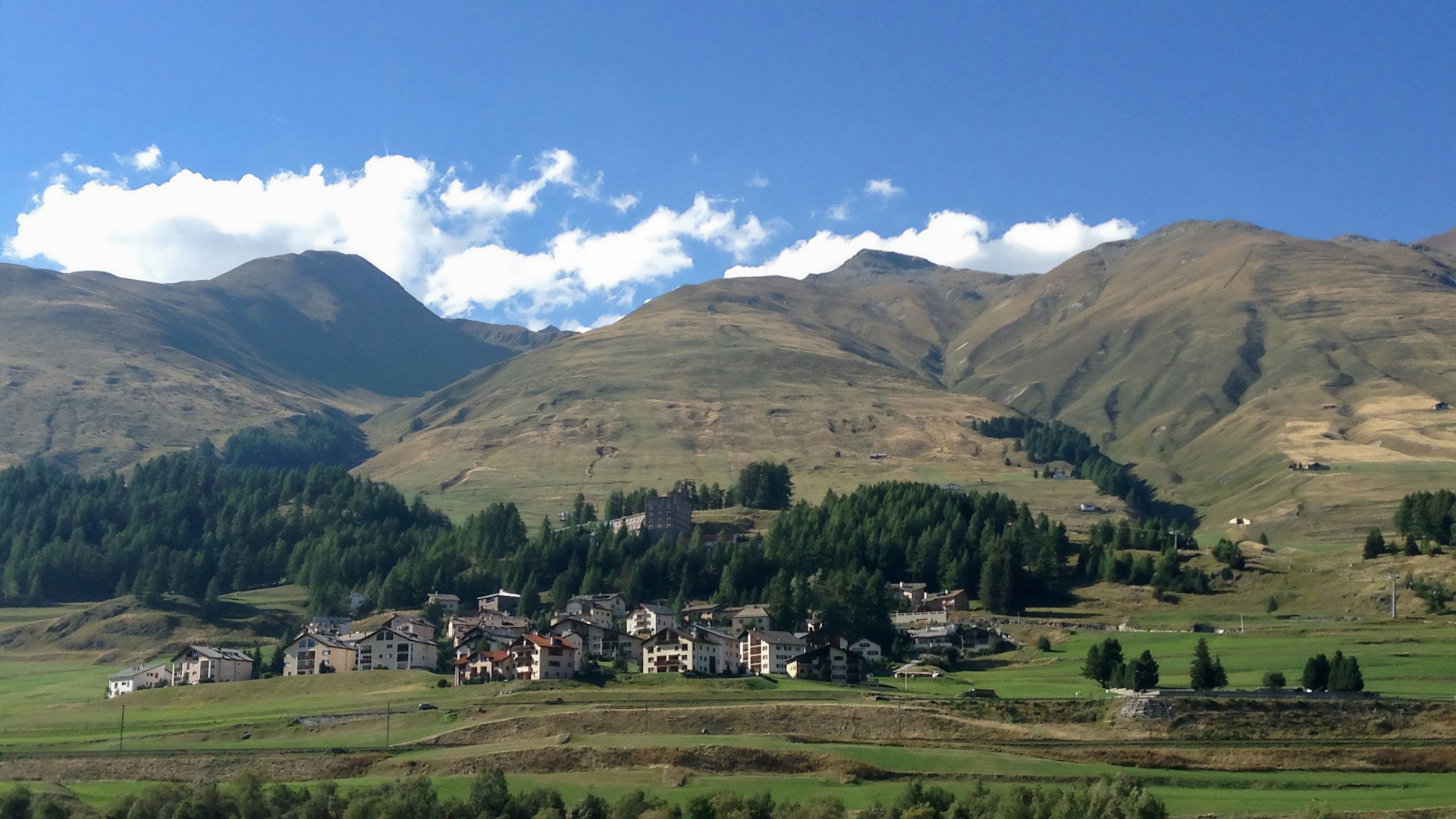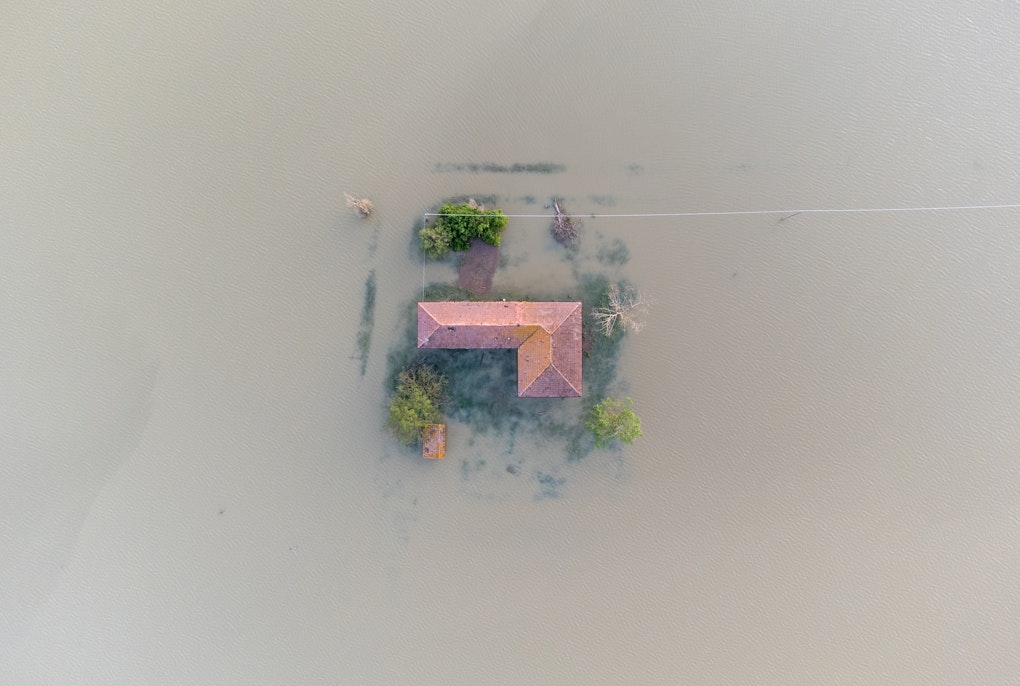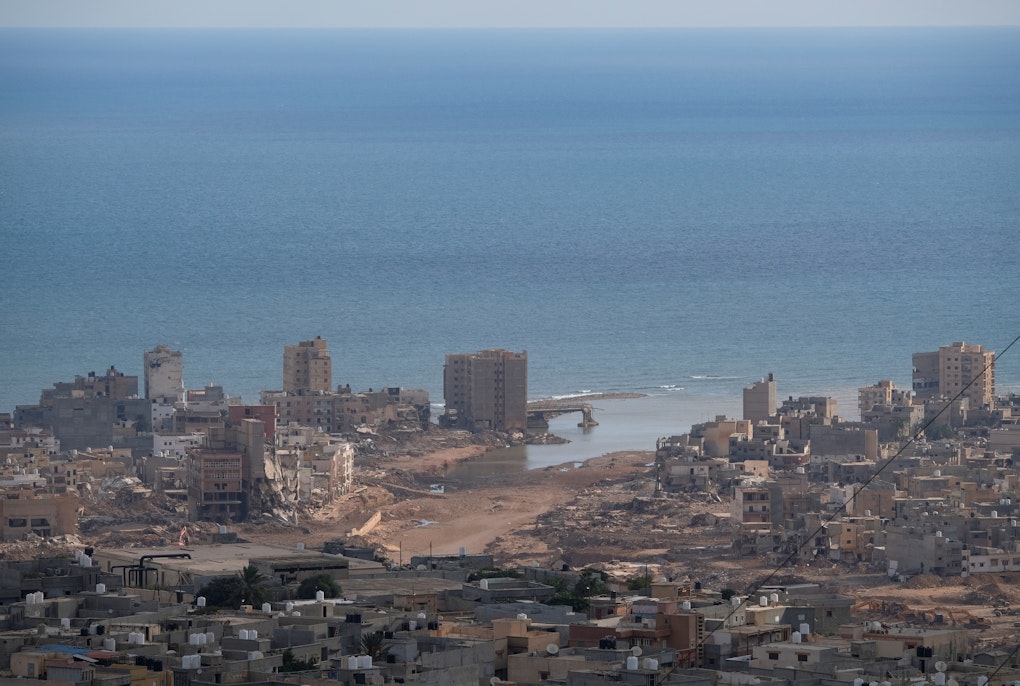magazine_ Article
Forests that protect
A study assessed the impact from climate change on eleven South Tyrolean forests that have one trait in common…
Protection forests are areas of forest that shelter people, property and land from potentially destructive natural hazards: landslides, rockfalls, debris flows and avalanches. A new study by Eurac Research analyzed some of South Tyrol’s diverse protection forests and simulated how their “protective powers” might change as a result of climate change.
Andermatt is a Swiss town with just a few thousand inhabitants. Located in Val D'Orsera, on the road leading to the Gotthard massif, the mountains surrounding Andermatt are mostly bare, having been deforested. There is one exception, however. Just above the town itself lies a dense forest, a green triangle that locals call the Gurschen Forest. It is these trees that have sheltered the town from avalanches, landslides, and rock falls for centuries. It is no coincidence that as early as 1397, the authorities of Andermatt in an act of unusual autonomy, decided to place their forest under jurisdiction, declaring it a bannwald – a protected forest. Today the history and value of the trees growing above Andermatt are recounted in an information trail and celebrated by a centennial festival.
In South Tyrol, 58 percent of forests have a protective function. A quarter of these directly defend infrastructure or houses from natural hazards.
The Andermatt forest is one of many protective forests in the Alps. “Protective forests” are defined as areas of woodland that shelter people, property, and land from potentially destructive natural hazards. By this we mean landslides, rockfalls, debris flows of various sizes and of course, avalanches. A new study by Eurac Research has just analyzed eleven protection forests in South Tyrol, each of them different from the other. The study assessed how these forests provide protection as well as which natural hazards they protect from and simulated how their “powers of protection” might change as a result of climate change.
What is a protective forest?
In South Tyrol, it is estimated that 58 percent forests have a protective function, as such the category of protective forests is rather broad. Usually, a forest is defined as protective when it is situated on a slope of a mountain covering an area between a potential hazard and an exposed asset or infrastructure. But there are other characteristics to take into account.
Protective forests are divided into those that defend directly, as in, they have the potential to prevent an avalanche, landslide, or boulders from reaching a road, a group of houses, or infrastructure such as a hydroelectric power plant and by those that provide indirect protection, when the forest simply ensures that the ground does not erode. In South Tyrol, a quarter of the protective forests have a direct protection function.
“The ideal characteristics of a protective forest depend on the type of natural hazard the forest protects us from.”
Marco Mina
“One thing is certain,” says Marco Mina, a forest ecologist at Eurac Research, “protective forests must meet certain characteristics, particularly regarding the density of the average diameter of their trees.” The researcher goes on to explain that in protective forests, which usually extend to very steep and hard-to-reach slopes, forest management is often abandoned because it is unprofitable. This means that these types of forests tend to have an older structure. “Without the appropriate felling that leaves room for new generations of trees, the forest tends to close in on itself, becoming sparser and less stable. The problem is also exacerbated by wild animals grazing the younger plants and hindering forest regeneration.”
When this is compounded by the impacts of natural disturbances such as fires, storms, extreme winds, or the spread of pests such as bark beetles, the protective effect disappears, quickly.
Eurac Research’s study of eleven protective forests in South Tyrol
Another unknown that weighs on protective forests is that of climate change: how will forests develop in the future and will they continue to protect us? To answer these questions a team from Eurac Research applied a model that simulates forest development under different climate change scenarios to eleven forests in South Tyrol with the goal of assessing how their protective function might change over the course of this century.
“To test the model, we included very different forest types which fortunately, South Tyrol has,” explains forest ecologist Laurin Hillebrand, first author of the study. These range from montane forests of spruce mixed with European beech and silver fir growing at an altitude of about 1,000 to 1,500 m.a.s.l to subalpine forests of larch and stone pine at higher altitudes. Then there are drier areas, such as the Vinschgau Valley, and wetter areas such as the northernmost regions of the territory, but also examples of pure stands of Scots pine on south-facing valley slopes.
Having a wide variety of case studies was very important for the research team. “The ideal characteristics of a protective forest depend on the type of natural hazard the forest protects us from,” explains Marco Mina.
“For example, in the case of avalanches, a forest of evergreen conifers is preferable to deciduous trees: the former reduces the presence of snow that is deposited on the ground thanks to the interception in the canopies and creates a special microclimate in the undergrowth that affects the transformation of snow while the latter, composed of trees that lose their leaves in winter, is less efficient: it reduces less the possibility of avalanches being released and therefore has a lower protection capacity.”
Rockfall, on the other hand, is more averted by broadleaf trees. These are in fact significantly more stable than a spruce forest in which the trees with their more superficial root systems, are at risk of falling along with the boulders. But again, much varies depending on the type of debris: a few large trees do little against a landslide made up of medium- and small-sized debris, but they can more effectively stop large boulders. And viceversa.
Will forests continue to protect us?
“The model results confirmed that climate change will clearly have an impact on our forests,” says Marco Mina “Although the simulations give us very mixed scenarios based on forest type and the intensity of the future climate scenario. We never see all negative or all positive consequences, the outputs are far more nuanced.”
What is clear is that under any future climate change scenario, the protective effect from avalanches is compromised in mid- to low-elevation forests. In contrast, things are highly variable regarding rockfall. “In several cases, mid- and high-mountain forests will defend less against rockfall only under the most severe climate change scenarios, those predicting an increase of six or seven degrees in summer and winter. While subalpine forests at higher altitudes are expected to maintain their protective function, which in some cases, if climate change is kept within the most optimistic limits, may even increase when the forest, following its natural dynamics, becomes denser.
“It is not certain, however, that all subalpine forests will be able to maintain protection from rockfall, because, as the researcher repeats, each forest protects in its own way. For example, the pure spruce-dominated forests which characterize the beautiful interior valleys of the Alps provide a more continental and drier climate and could be damaged by drought. The advantage of using forest models at the stand-scale is that we can zoom in and provide a very close look at different local levels, thanks in part to the extensive data collected in our field measurements,” explains Marco Mina.
Similar but larger-scale studies in the future could provide more accurate information for administrations to understand how best to manage forests even in the face of a changing climate.
What would a world without protective forests look like?
Naively, we ask the forestry research team one last question. What about instead of managing forests, building lots more artificial embankments, such as protective nets and avalanche barriers? “Even just from an economic point of view, it would be inconvenient,” the researchers answer, “to manage a forest costs much less than to build what are called in the jargon, gray structures: artificial protective infrastructure such as rockfall nets and snow barriers . Not to mention that protection forests are forests through and through, that is, they provide numerous benefits to human communities and ecosystems. For example, they are important for biodiversity, a source of raw materials and they store CO2: in short, they have many more benefits than man-made structures.”
With these facts so clear, it’s obvious that the value of these forests is priceless.
 technical documentation
technical documentationThe scientific paper
The results of the study were published in the scientific paper “Contrasting impacts of climate change on protection forests of the Italian Alps” by Hillebrand Laurin, Marzini Sebastian, Crespi Alice, Hiltner Ulrike, Mina Marco. The open access article is available in Frontiers in Forests and Global Change.






